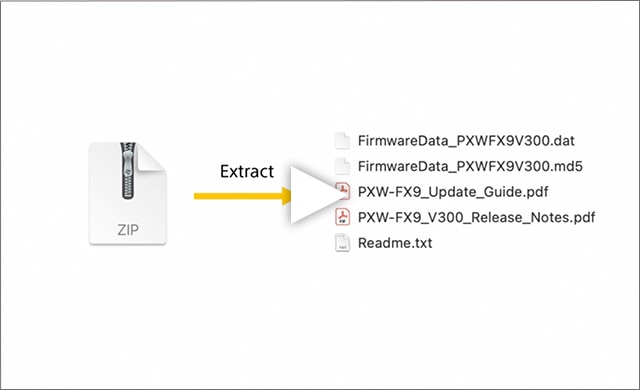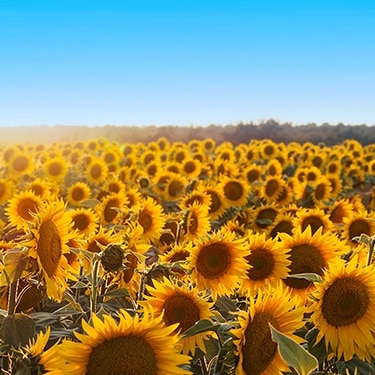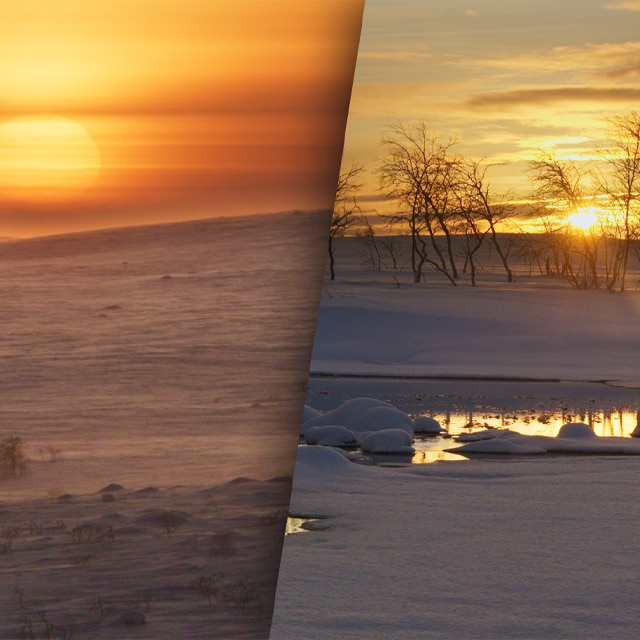Anamorphic Shooting with FX9
Alister Chapman’s tips on achieving this distinctive film-look.
The use of Anamorphic lenses is typically associated with high end cinematography using cameras such as Sony’s VENICE. VENICE is designed to shoot both full-frame anamorphic and 35mm anamorphic and it includes a wide range of built-in anamorphic monitoring options. But the FX9 is also a great camera for shooting good looking anamorphic content. The FX9’s 6K Full Frame sensor is just the right height to work with Anamorphic lenses designed for use with 35mm film and it too has an Anamorphic monitoring mode. This allows you to use the FX9 to shoot high quality anamorphic content using either 2x anamorphic lenses designed for film or 1.3x anamorphic lenses designed for 16:9 or 17:9 video cameras. Because of the way they work, anamorphic lenses introduce unique optical distortions into your footage. The resolution will be greater vertically than horizontally. Bokeh in out of focus areas will be oval instead of round and optical flares will be wider than they are tall. These characteristics are often considered highly desirable and a big part of the contemporary film look.
You can use 1.3x and 1.35x anamorphic lenses designed for 17:9 sensors to get some of this look. But the distortions introduced by a 1.35x lens tend to be less pronounced. To get the true classic anamorphic look you really want to use 2x anamorphic lenses and that needs a taller sensor. Normally this would mean using a digital cinema camera with a 4:3 “open gate” 35mm sensor measuring around 28.8mm x 18.1mm as this is the same size as a 4:3 35mm film frame.
When the FX9 is set to 6K full-frame scan, its sensor is 35.7 x 18.8mm, so as you can see it’s almost exactly the right height for 2x anamorphic lenses. But it is also wider than we really need. So, you will need to crop the sides of your recordings in post-production. Normally this would be undesirable, but because the FX9’s sensor is a 6K sensor and the 4K recordings oversampled, even after cropping the sides of the image in post, the resolution will be as high as, or higher than many of the most commonly used 35mm open gate cameras used to shoot anamorphic content. In the video I provide details of what you need to do to shoot anamorphic with the FX9. How to use the anamorphic monitoring modes and how both the 1.3x and 2x modes provide an accurate reflection of how the final image will look. Plus how to handle the footage in post-production.
The FX9 is already on Netflix’s approved camera list. I believe that there is no reason why you couldn’t use the FX9 to shoot with anamorphic lenses when you want the unique look that they bring. Especially when you consider that the increased sensor height and extra pixels used means the combined horizontal and vertical resolution is greater than would be achieved with any normal 4K 17:9 sensor. It might be something that would be considered on a case by case basis by many of the online streaming platforms.
I really like the anamorphic look with FX9 and you can see some footage I shot in the Lake District to get a sense of how well this works.
FX9 Quick Reference Guide - V3
Written by Alister Chapman and covering everything from camera set-up to slow-motion frame rates and S-Cinetone tips. Interactive PDF format ensures easy access on your smartphone when on-location. Now updated for V3 firmware with Real-time tracking, RCP remote control, S16 mode and more.
* Available in English-only














